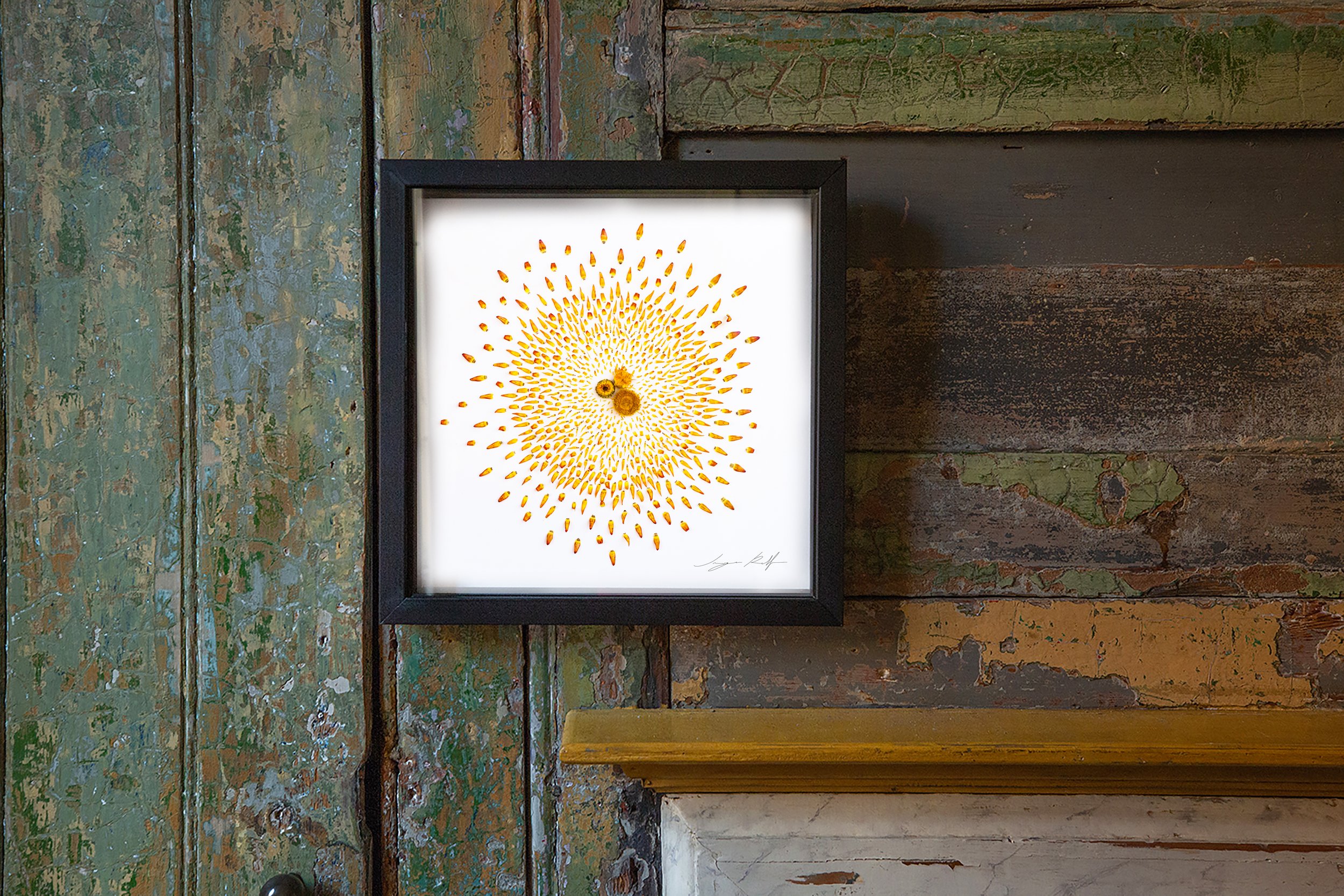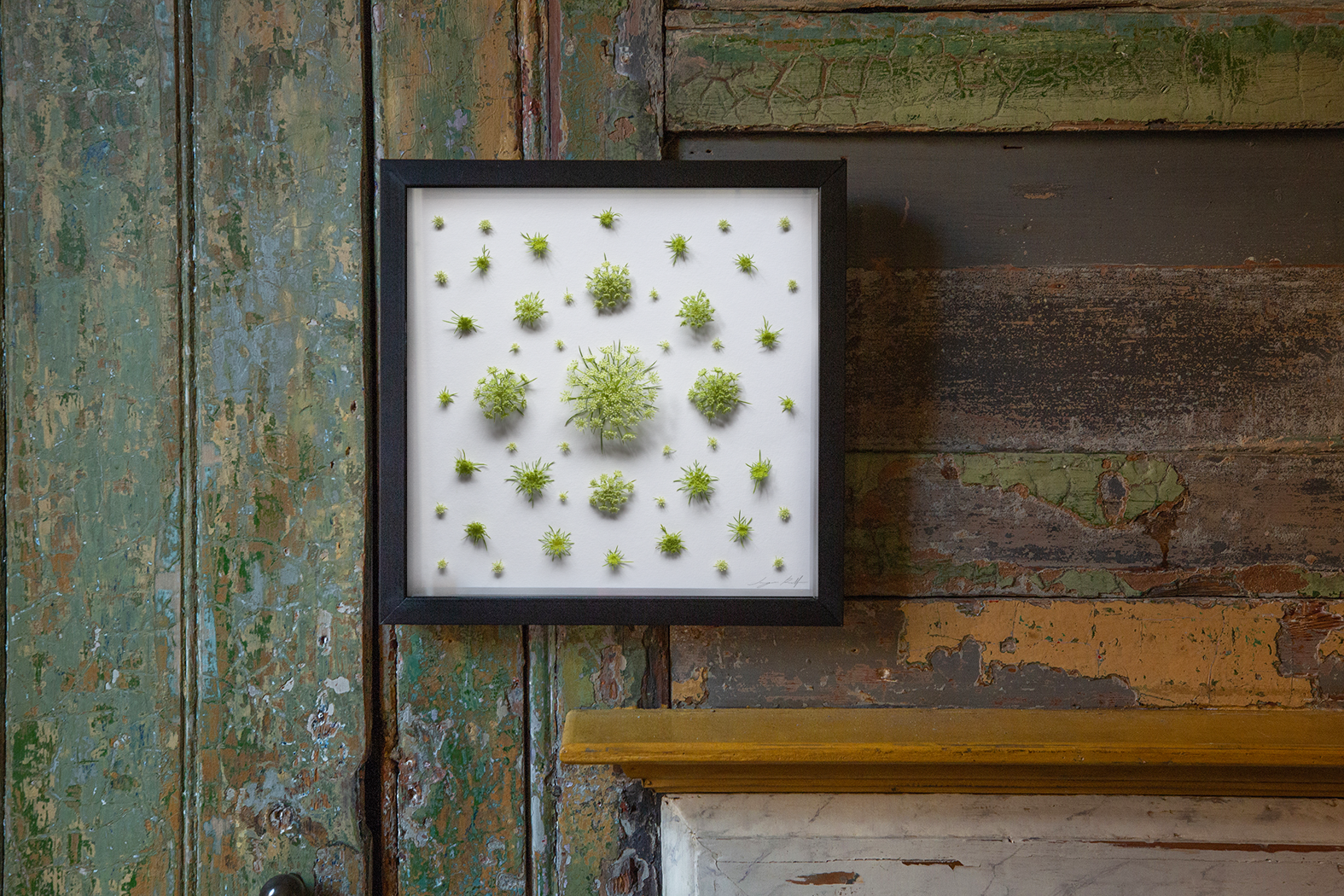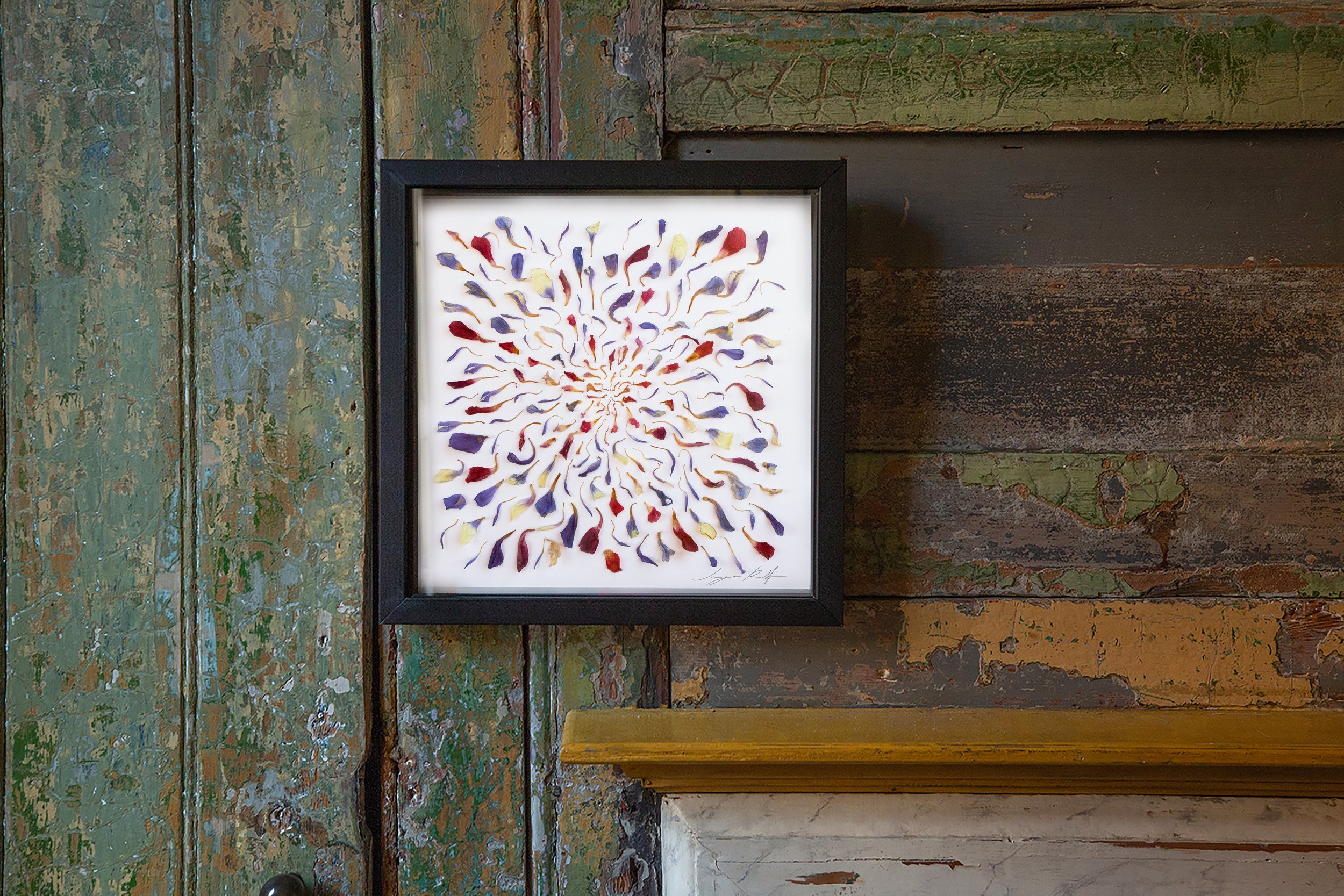Art for the soul: Four artworks to promote healing and vitality.
I’m very excited to share with you a collection of four prints. Two of which are from the archive as well as two new additions.
As I’ve been studying symbols and colour therapy lately - themes that I believe go hand in hand - it dawned on me that the art I have been creating over the last few years is precisely a combination of these two elements.
I’ve always believed in the healing nature of art, and its ability to change someone’s day for the better.
Sometimes, as an artist, you’re not really sure why you’re creating what you are, and it’s only until much later that things make sense.
There’s an inner voice in all of us that calls us to create and take action in our day-to-day lives. This is how I’ve always produced my work by listening to intuition and training that muscle so that it gets stronger and stronger.
The reality is that we’re all searching for truth and awareness. Across all schools of thought, cultures and religions, we seek out higher levels of consciousness, knowledge and growth.
Of course, human nature has two sides and we all fall off the path every now and again by being dictated by other parts of yourselves that may appear destructive or counter to our true north.
These prints that I have created are an offering, which if used in meditation or simply having them hanging where you’ll catch a glance every now and again, can heal and reprogram our subconscious towards truth and awareness.
The four prints, which can also be collected as a polyptych are:
Pincushion (scabiosa)
This sweet flower, with origins tied to Africa, is transformed into an eight-pointed (octagram) mandala, by ‘exploding’ each petal.
The symbol of the eight points represents the four elements of life - fire, air, water, and earth and also north, south, east and west. Together they create balance and harmony.
The number eight is a symbol of strength and prosperity, as represented by the Tarot.
The origin of the eight-pointed star is shrouded in mystery but has been associated with the Babylonian goddess Ishtar, as well as the Greek goddess Aphrodite who each symbolise love, harmony and beauty.
Scabiosa comes from the Latin word scabere, meaning to scratch. The flower was traditionally dried and used as a remedy in Africa to treat coughs and then in Rome to treat skin infections.
By meditating and viewing this piece of art, it promotes a connection to the sixth chakra - the third eye - the seat of our intuition.
Anemone (Anemone coronaria)
A beautiful yet also sombre flower - the Anemone is a true representation of the cycle of life and of love and loss.
With death, comes rebirth, regeneration and renewal.
The name of this poppy-like flower comes from the Greek anemos, "wind," and the feminine suffix -one. which translates to ‘windflower’.
Legend has it that the flower grew where Aphrodite’s tears fell upon mourning the death of her lover, Adonis. He was attacked by a wild boar and as he bled, the red flower grew.
This artwork symbolises this story. Originally made using flowers grown from seed, then dried and delicately arranged into a burst of colour.
The anemone is nyctinastic, which means that their heads face the sun during the day and at night, turns to the earth. Because of this, it was believed that they offered the perfect refuge and shelter for fairies and fae creatures alike.
Paper Daisy (Xerochrysum bracteatum)
One of Australia’s most loved but often under-the-radar flowers, the Paper daisy, also known as the everlasting daisy and strawflower, was first discovered by explorer and pirate William Dampier in 1699 in Western Australia.
The flower found its way to the garden and heart of Josephine Boneparte, wife and consort of Emperor Napoleon Boneparte.
The Paper daisy flower can withstand extremely high temperatures, as it is native to one of the hottest places on earth, which in turn makes it a symbol of strength and longevity.
The bright yellow and orange tones of this artwork represent the sun and connect to the sacral and solar plexus chakras. When using this artwork in meditation it will promote gut strength and power.
Queen Anne’s Lace (Daucus carota)
Legend has it that Queen Anne (1574-1619), a master of lace-making, was challenged to make a piece as beautiful as a flower.
While making the lace she pricked her finger and a single droplet of blood fell onto her needlework.
The dark purple flower at the centre of this flower is said to represent that droplet of blood.
In the language of flowers, Queen Anne’s Lace symbolises sanctuary.
This piece connects with the fourth chakra - our heart centre. It’s proven that spending time in nature and seeing the colour green heals and opens our hearts.
Please feel free to like and share and show your support by spreading the word so that we can keep on giving the gift of art every day. Follow the link below to subscribe to Patreon.









